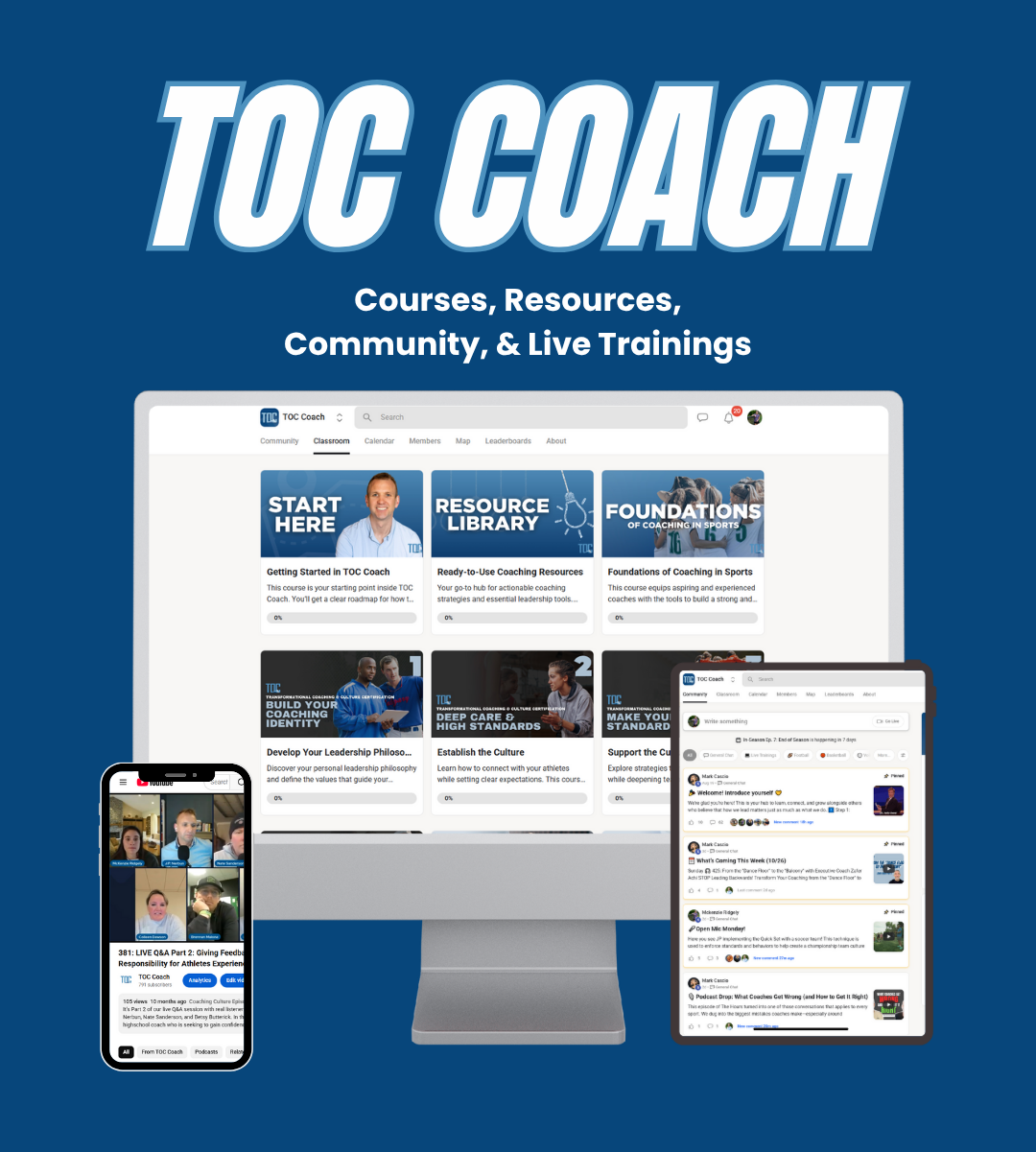The Five Levels of Transformational Leadership Influence

Recent conversations on the Coaching Culture Podcast, particularly with guests Graham Roxburgh and Rob Dow, have rekindled a fundamental idea about the expansive reach of transformational leadership. Graham Roxburgh, five-time National Champion Women's Soccer Coach at Trinity Western University, exemplifies this; his impact stretches far beyond his athletes, permeating the local Vancouver community and even the global community through his team's impact trips and service initiatives. Similarly, Rob Dow, head coach of the NCAA D1 National Champion University of Vermont Men’s Soccer team, extends his influence across the entire state of Vermont, fostering a program that instills widespread pride and joy, creating a deeply personal connection with the community.
For those committed to transformational leadership, I like to think about influence across five distinct levels. It's a useful framework for assessing your current impact and identifying new avenues for leverage and growth:
Level 1: Lead Yourself. This is the bedrock. Prioritize your own well-being, continuously develop your leadership skills, and consistently show up for your team every single day. Fail here, and the impact cascades negatively, leading to a massive drop-off in effectiveness across all other levels.
Level 2: Lead Your Coaches. Some might prioritize leading players here, but even with a youth team of just a few coaches, aligning your coaching staff is critical. A unified coaching team ensures consistent messaging, shared values, and a cohesive approach to player development and team culture.
Level 3: Lead Your Athletes. This is the most obvious level. You must effectively communicate, motivate, build strong relationships, and hold your athletes accountable to high standards, guiding them toward their full potential.
Level 4: Lead Your Athletes' Families. Many leaders push back here, but the reality is that families—especially parents—are an undeniable part of your team's culture, whether you explicitly invite them or not. It's essential to proactively work to positively influence them and gain their buy-in. My book, The Coach's Guide to Sports Parents, offers numerous strategies for leveraging influence in this crucial area.
Level 5: Lead Your Community. Whether you lead a school, club, university, or professional team, the broader community inevitably influences your program. Even an Under-9s football team, by simply embodying the community's values, honors that connection. In most cases, people outside immediate families have at least an interest—if not an obsession—with your team’s results and how you play the game. Embracing this level means acknowledging and intentionally nurturing that broader relationship.
As you reflect on these five levels of transformational leadership influence, consider where you might grow your reach and deepen your connection to build an even stronger, more impactful program.



